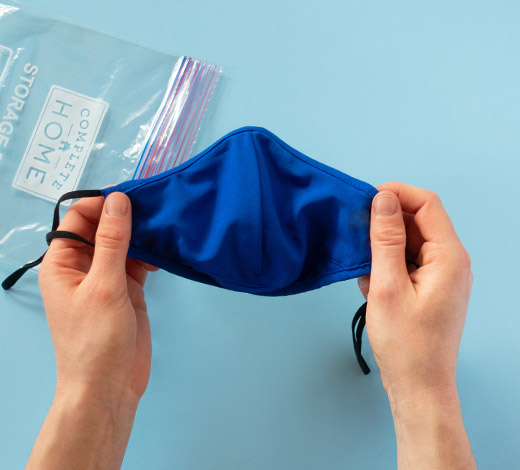1. Make sure you have enough supply
You’ll need enough doses of your prescriptions to last for the duration your trip. If possible, it’s a good idea to bring extra doses in case of any travel delays or emergency (but try not to bring more than a 90 day supply.) Talk to your pharmacist, doctor and/or insurance provider to see how much you can pick up without extra cost.
If your travel plans take you across one or more time zones, you may need to change the time you take your medications each day during your trip. Talk with your pharmacist to create a dosage schedule, and set alarms on your phone or Walgreens Pill Reminder via our app to ensure you don’t miss a dose.
2. Know the rules ahead of time
Don’t assume prescriptions are approved where you’re headed—just because it’s legal in one country does not mean legal in another. For example, Adderall and Pseudoephedrine are illegal in Japan.
Keep your medicines in their original containers with the doctor’s prescription printed on the label. If they’re not available, bring a copy of your prescription with you or a letter from your doctor. A valid prescription or doctors note is required on all medication entering the U.S., so bring any paperwork you have to be safe.
3. Pack & store them properly
In case of emergency, make sure you have enough info available to received informed care (brand/generic name, dosage, how often). If you are traveling by air, train or bus, keep all of your prescription drugs with you in your carry-on bag. If you’re road-tripping, store your prescriptions in the passenger compartment of their car unless the outside temperatures are moderate. If you plan to leave your prescription drugs in your car, consider moving them to the trunk if your parked car will warm up too much.
Sources:
1. US Customs and Border Protection
https://help.cbp.gov/app/answers/detail/a_id/1160/~/traveling-with-medication
2. US Food & Drug Administration
https://www.fda.gov/Drugs/ResourcesForYou/HealthProfessionals/ucm410051.htm


